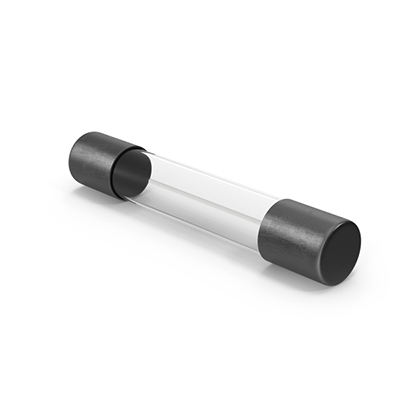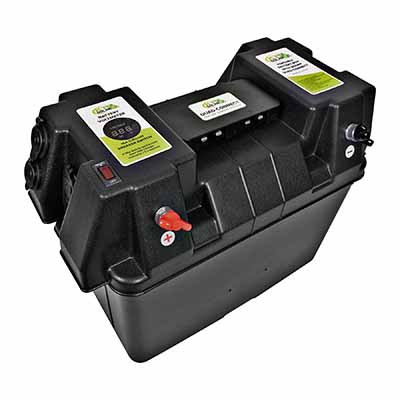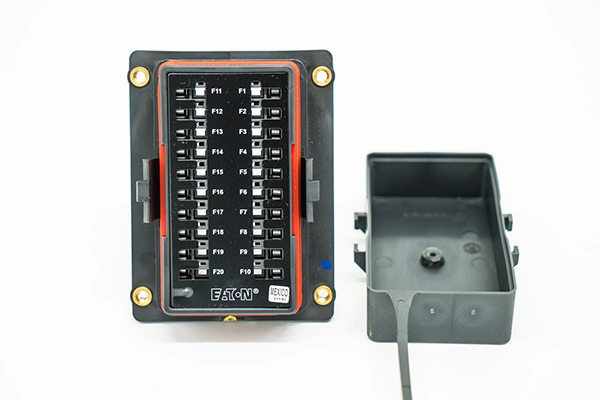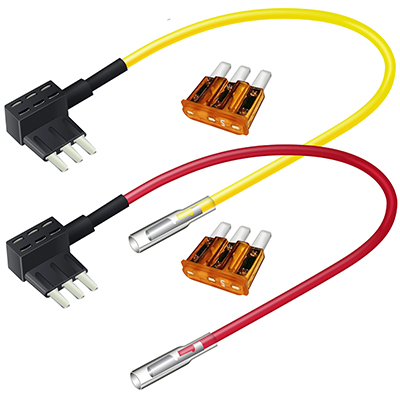Glass Fuses in Car Brake Light Circuits: Applications, Performance Benefits, and Practical Insights
News 2025-10-27
Glass fuses are essential components in automotive electrical systems, particularly in circuits like those for brake lights. These small, cylindrical devices, made from glass tubes with metal end caps, are designed to protect wiring from overcurrent conditions. In car brake light circuits, they safeguard against short circuits or overloads that could arise from worn-out bulbs, faulty switches, or wiring issues. By melting a thin wire inside when excessive current flows, glass fuses prevent potential fires or damage, ensuring the reliability of safety-critical systems like brake lights, which are vital for road safety.

Application Scenarios
Glass fuses find widespread use in various automotive contexts, especially in older vehicles or specific circuit designs where compact, cost-effective protection is needed. For instance, in compact cars and motorcycles, they are often integrated into brake light assemblies to handle low-voltage DC circuits. Mechanics commonly specify glass fuses for aftermarket installations or repairs in scenarios involving LED upgrades or custom lighting systems. Their transparency allows for easy visual inspection of the fuse element, making them ideal for quick diagnostics during roadside checks or garage maintenance, enhancing efficiency in real-world applications.
Performance Advantages
Glass fuses offer distinct benefits in brake light circuits, including rapid response times to overcurrent events, which minimizes damage to sensitive components like bulbs and relays. Their low cost and availability make them a practical choice for mass-produced vehicles, while the glass construction provides excellent resistance to vibration and temperature fluctuations common in automotive environments. Additionally, these fuses support precise current ratings, ensuring that brake light circuits operate within safe parameters without unnecessary tripping, thus improving overall system longevity and reducing the need for frequent replacements in demanding driving conditions.
Common Questions
1. What is a glass fuse and how does it work?
A glass fuse is a protective device that contains a thin wire that melts when current exceeds a set limit, breaking the circuit to prevent damage.
2. Why are glass fuses preferred in car brake light circuits?
They provide reliable overcurrent protection, are easy to inspect, and are cost-effective for applications requiring quick replacement in automotive settings.
3. How can I check if a glass fuse in a brake light circuit is blown?
Inspect the fuse visually for a broken wire inside the glass tube, or use a multimeter to test for continuity across the fuse terminals.


